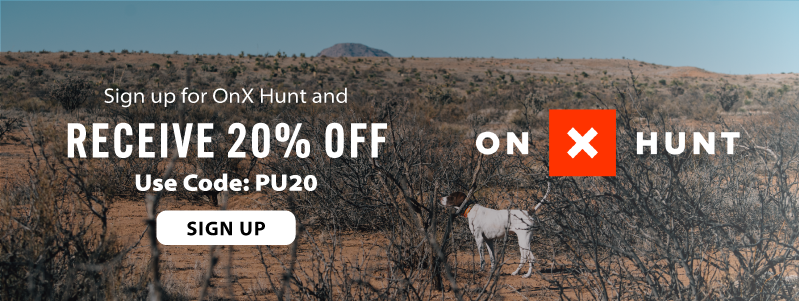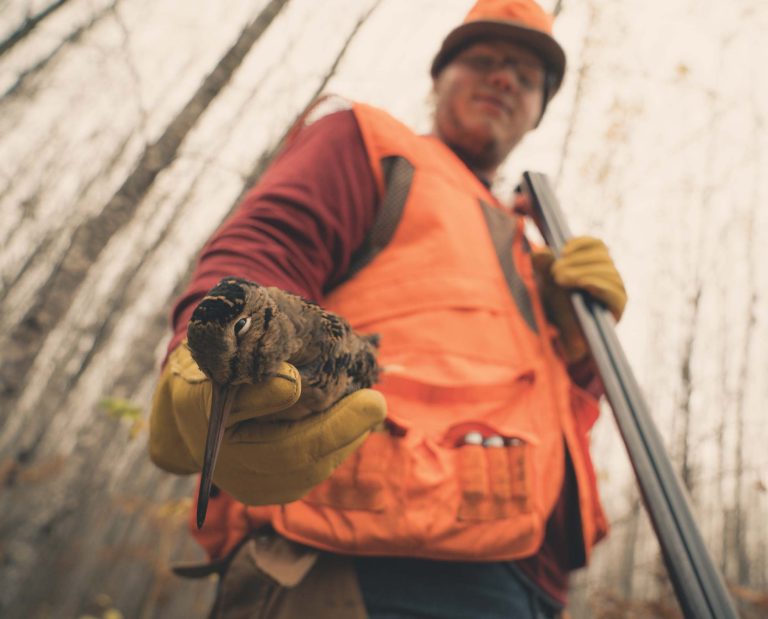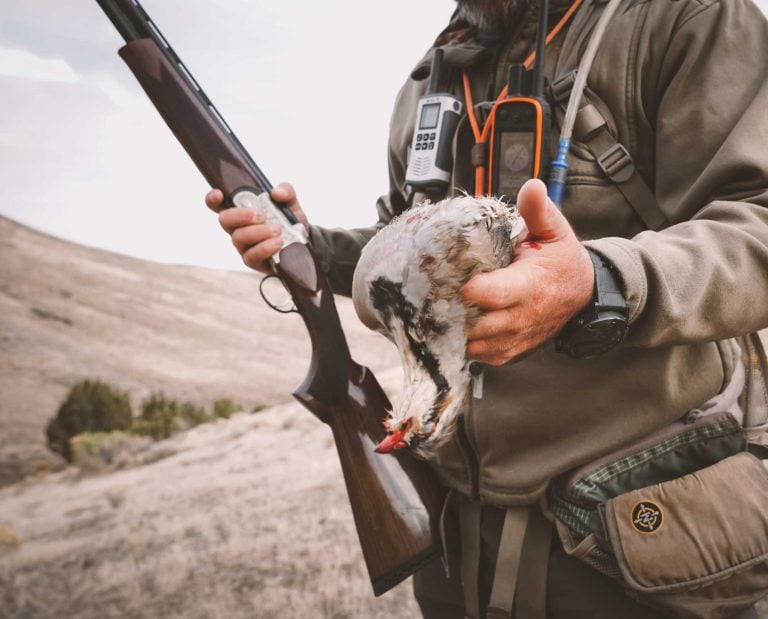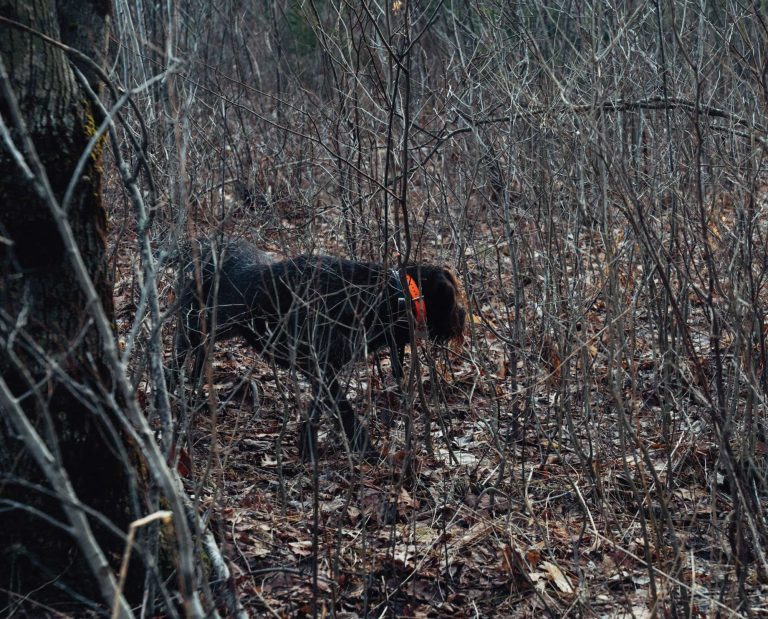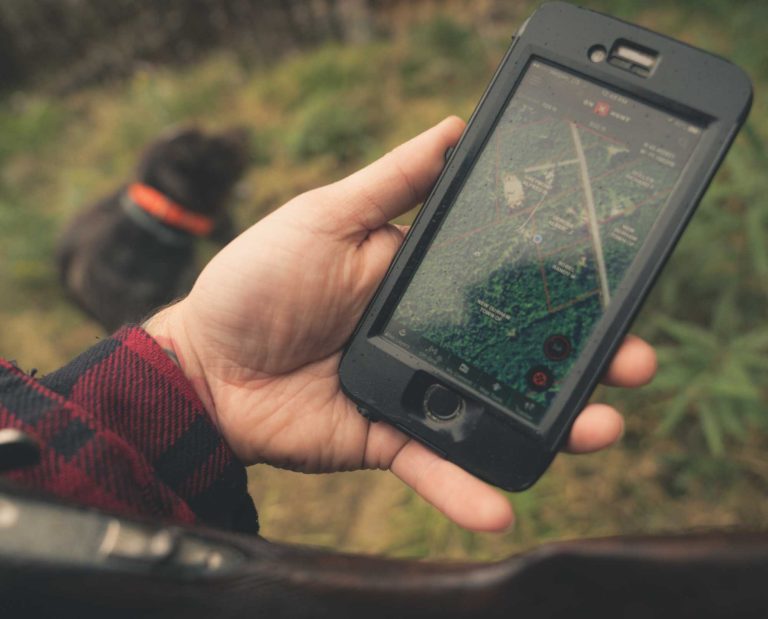The Science Behind Lead Shot and the Effects on Upland Birds

Looking at both sides of the lead shot debate and its effects on the environment
If the topic of climate change affects people’s blood pressure, you can bet that the discussion of lead shot will do it, too. Nobody really likes it when their choices are taken away from them, and lead ammunition is no different. When the U.S. Fish and Wildlife Service mandated that all hunters nationwide use non-lead shot on waterfowl in 1991, there was a lot of unrest from hunters. And while the alternative options have improved and prices have dropped in the decades since then, the socio-political lead debate still continues.
So what’s wrong with lead?
If hunting is a part of your family, your grandparents and parents probably used lead shot exclusively, and there’s a good chance you still use it, as well. Lead is a very common load for upland birds, turkeys, and small game. Why? Because it’s very effective. The dense and heavy metal is great for its pattern uniformity at various distances, and it’s relatively cheap because it’s so abundant. But the problem is that lead is also toxic – to humans and wildlife alike. No matter where you fall on the lead debate, it’s hard to argue on the toxicity issue.
Wild birds, for example, are primarily affected by lead due to ingestion. Waterfowl and loons consume the spent shot pellets and fishing sinkers on the bottom of wetlands and lakes (Daury et al. 1993). Upland birds eat the pellets mistaking it for seeds or grit. And scavenging birds may eat the gut piles or remains of other animals killed with lead fragments or shot still in the tissue. Once it enters a bird’s bloodstream in sufficient quantities, it can cause nervous system damage (leading to erratic flight and movement), emaciation (i.e., loss of fat and muscle), or even reproductive system harm. More pressing, lead can then be transferred to humans who eat these birds.
Read: Why I Stopped Shooting Lead at Doves
Johansen et al. (2006) observed that hunters in Greenland eating waterfowl killed with lead shot had a significant increase in blood lead level versus those who did not eat them. In humans, lead poisoning can cause kidney damage, blood pressure increases, anemia, reduced fertility, and childhood neurological or neurochemical issues. Due to this concern, scientists from North America and Europe have issued consensus statements on the risks to the environment, wildlife, and human health from the use of lead ammunition (Arnemo et al. 2016).
The science behind it all
The problem is that many people doubt the validity of claims from either direction, as they feel the reviewers are biased one way or another. The Association of Fish and Wildlife Agencies (AFWA) launched a review to tackle this potential issue. The purpose of the study was to identify high-quality peer-reviewed scientific research regarding lead and its effects on fish and wildlife populations. The working group consisted of individuals from hunting and environmental groups, agencies, industry, and independent scientists or researchers. In this report (AFWA), they noted that lead poisoning was observed in waterfowl as early as 1874, which led to the U.S. Department of the Interior (i.e., USFWS) ultimately introducing the ban on lead shot for waterfowl. But this review also indicated that the science isn’t clear about the scale of effects on other bird species.
It’s known that upland game birds can and do consume spent lead pellets (Kreager et al. 2008). However, the overall area and vegetation present likely play a large role in how much spent lead shot is really available. For example, a remote and densely-forested woodland area (e.g., grouse hunting) would represent a much lower chance of lead shot ingestion than a heavily hunted, sparsely vegetated field (e.g., dove hunting).
Another thing that’s clear is that lead shot bans can be very effective. For example, a study in Canada (Stevenson et al. 2005) revealed that blood lead levels in waterfowl decreased after the implementation of a lead shot ban. Meanwhile, blood lead levels in American woodcock (not affected by the non-toxic shot regulation) remained elevated in the study.
While there was a lot of initial concern about the effectiveness and patterning ability of non-lead shot, the options have improved significantly since their introduction. Pierce et al. (2015) studied how lethal lead and steel options were on a dove hunt in Texas. They found that hunters were unable to distinguish the ammunition type being used and that there was no difference in the number of doves harvested or wounded. Essentially, the ammunition types performed the same.
Is the jury out on upland hunting and lead?
For those who are unsure about the effect of lead on certain wildlife species and upland habitats, there are a few common criticisms. First, upland game habitat is generally more dispersed and not concentrated over a certain area (i.e., a wetland or dove field), so the argument is that lead doesn’t tend to accumulate as much. And when I think of the remote woodlands I hunt in northern Minnesota, this makes a lot of sense.
An inevitable issue with alternative loads is the price and availability. Steel shot is a couple dollars more expensive than lead per box, while plated, bismuth, or tungsten-alloy loads are even more expensive. For the average weekend warrior hunting ruffed grouse, this doesn’t really make a big difference, but it could add up for those who spend a lot of time hunting (or missing). Likewise, while it’s easy to find lead-free options for waterfowl hunting, most upland game loads are still dominated by lead shot. It takes a pretty conscious choice to choose non-lead ammunition for upland hunting scenarios.
Another concern for some upland hunters has to do with the shot loads themselves. Since steel is much lighter than lead, for example, some believe it tends to not pattern as evenly at longer distances or it loses its momentum. You could mitigate that by upsizing the pellet a bit, but then you are firing fewer pellets downrange, too. Whereas at closer distances, steel shot tends to pattern fairly tightly compared to lead. However, this is likely only an issue on a case-by-case basis as each load (lead or non-lead) will pattern differently depending on what shotgun choke you have and what distance you shoot at anyway.
Further research needs
Ultimately, there are still some questions to be answered on this topic. For example, several papers identified the need for better monitoring of lead levels in wild bird populations (particularly in states with lead restrictions) to see how or whether blood lead levels drop within species. Strom et al. (2005) found that young-of-the-year American woodcock in Wisconsin were accumulating extremely high levels of lead in their bones. While the ultimate source of lead exposure for these birds was unidentified, the researchers could not rule out human-caused sources. Likewise, Keel et al. (2002) analyzed Northern bobwhite quail at a site in Florida for lead ingestion and toxicity. The results of soil sampling and bobwhite gizzard analysis indicated there was a low potential for lead poisoning in upland hunting scenarios compared to lead deposition associated with waterfowl or dove hunting.
Regardless, it does seem that the overwhelming evidence concludes that lead is likely not a sustainable choice overall. And yet, I do still occasionally use it while hunting remote woodlands. As mentioned above, I think it would take significantly more hunting pressure to start to be a concern in the areas/habitats I hunt. That being said, I’ve also started buying more non-lead options and have liked their performance so far while hunting upland birds and small game. If more people work towards a similar goal of slowly phasing it out, there really shouldn’t be a debate at all.



